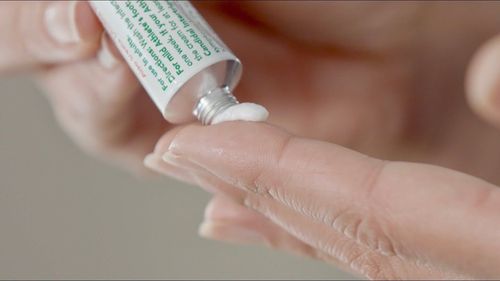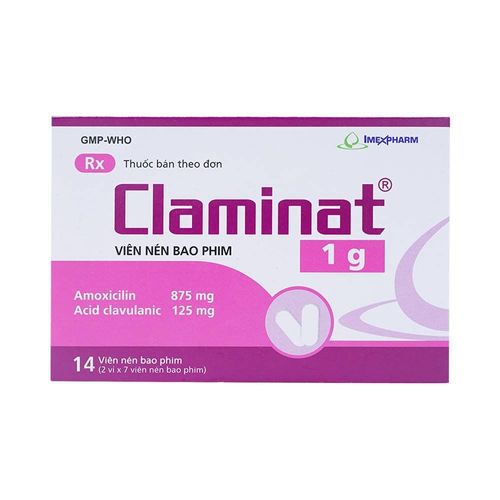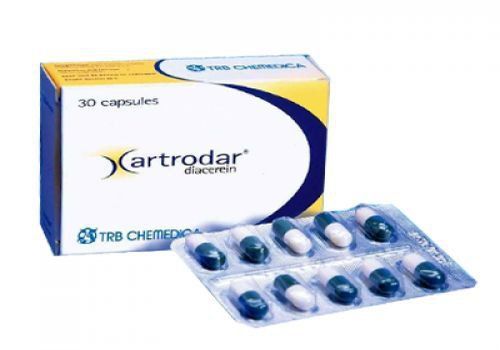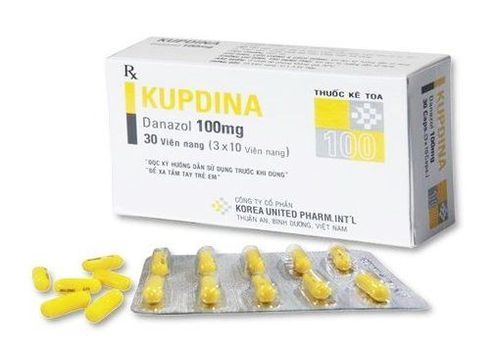This is an automatically translated article.
The article was professionally consulted with Doctor Tran Quoc Tuan - Emergency Medicine Doctor - Emergency Resuscitation Department - Vinmec Phu Quoc International General Hospital.A skin rash usually doesn't cause serious complications, but it affects a person's daily life. They can appear on any part of the body: face, lips, tongue, throat or ears.
1. Skin rash
A skin rash (also called hives) is an outbreak of swelling, redness, or plaque on the skin that appears suddenly, due to the body's reaction to certain allergens, or for unknown reasons.Skin rash is often itchy, but can also burn or itch from stinging. They can appear on any part of the body: face, lips, tongue, throat or ears. Rashes of different sizes can be as small as a pencil eraser to a plate and can combine to form larger patches of rash. The condition persists for hours, or up to a day, before fading.
Angioedema is similar to hives, but it is swelling that occurs underneath the skin instead of on the surface. Angioedema is characterized by deep swelling around the eyes and lips and sometimes of the genitals and limbs. Angioedema lasts longer than the rash, but the swelling usually goes away in less than 24 hours. Angioedema rarely occurs in the throat, tongue or lungs because it can block the airways, making it difficult to breathe; this can be life threatening.
There are several different types of skin rashes such as:
Acute skin rash: The illness usually lasts less than six weeks. The causes of this condition are certain foods, medications, or infections. Insect bites. The most common foods that cause the rash are nuts, chocolate, fish, tomatoes, eggs, fresh fruit, and milk. Fresh foods are more likely to cause rashes than cooked foods. Certain food additives and preservatives can also be to blame. Medicines that can cause rash and angioedema include aspirin and other nonsteroidal anti-inflammatory drugs such as ibuprofen, high blood pressure drugs (ACE inhibitors), or pain relievers such as codeine.
Chronic skin rash and angioedema: Usually lasts more than six weeks. The cause of this type of rash is often more difficult to determine than in those with acute skin rashes. For most people with chronic hives, the cause cannot be determined. However, in some cases, the cause may be thyroid disease, hepatitis, infection, or cancer. Chronic urticaria and angioedema can affect other internal organs such as the lungs, muscles, and gastrointestinal tract. Symptoms include muscle aches, shortness of breath, vomiting, and diarrhea.
Physical rash: A rash caused by direct physical stimulation of the skin - eg, cold, heat, sun exposure, pressure, sweating, and exercise. The rash usually occurs where the skin is irritated and rarely appears elsewhere. Most of this occurs within an hour of exposure. Dermatographism: This is a common form of physical rash after scratching the skin. These rashes can also occur along with other forms of hives.
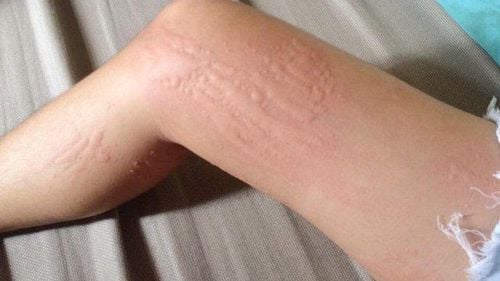
Mề đay ảnh hưởng nghiêm trọng đến cuộc sống sinh hoạt của người bệnh
2. Causes of skin rash
An allergic rash and angioedema form when it interacts with histamine, where plasma leaks out of small blood vessels in the skin. Histamine is a chemical released from specialized cells along the skin's blood vessels.Allergic reactions, chemicals in certain foods, insect bites, sun exposure or medications can all cause histamine release. However, experts still cannot figure out exactly why the skin rash has formed.
Common causes of skin rashes are:
Sunscreen and skin irritation: Sunscreen has a protective role, but some of its ingredients cause skin damage, if you have it. sensitive skin. So look for sunscreens that are free of para-aminobenzoic acid (PABA), an ingredient that can cause irritation. For children over 6 months of age, apply a broad-spectrum sunscreen - that blocks UVA and UVB rays - of SPF 30 or higher. Using a sunscreen with zinc oxide is a good idea. For babies under 6 months old, consult your doctor before using sunscreen. Antibacterial soap Antibacterial soap is theoretically safe because it kills bacteria, but it can cause skin rashes in children with sensitive skin because of the ingredient triclosan.
Eczema problems with Lotion Lotion plays a role in moisturizing and keeping your baby's skin soft, but fragrance-laden moisturizers can irritate skin, especially in children. had eczema. To limit this situation, consult your doctor about using baby lotion. For babies with dry skin, use non-rubbing soap in the bath.
Wipes: Baby wipes may contain alcohol and fragrances that can irritate the skin. Some wipes also contain preservatives that can trigger allergic contact dermatitis - a rash or hives on contact with an allergen. Instead, you should use wet wipes. Detergent: The chemicals in some cleaners can trigger irritant contact dermatitis - a rash caused by touching something that irritates the skin. This is more common in children with eczema. To help prevent laundry detergent rashes, mild detergents should be used without the addition of fragrances and dyes. Also, be sure to wash all of your baby's clothes, sheets, and towels at least twice to remove any detergent residue. Shampoos and conditioners: Some fragrances and chemicals in shampoos and conditioners can cause a reaction on the scalp. Many studies have shown that shampoos and conditioners contain some ingredients such as phthalates, formaldehyde and 1,4 dioxane that can be dangerous to health. To be on the safe side, you should look for products that are naturally sourced with less fragrance or chemicals. Alternative fabric softeners: Fabric softeners contain chemicals and fragrances like limonene and benzyl acetate. Irritating to skin, eyes, nose and throat. Instead, try adding 1/2 cup baking soda or 1/2 cup vinegar to your washing machine's rinse cycle to keep clothes soft. Household cleaners: Alkylphenol ethoxylates (APEs) found in some cleaners and disinfectants can cause hormone problems. Ammonia can cause lung irritation, skin burns and poisoning if swallowed. Preservatives in soap: Some soaps, even those labeled for babies, can contain formaldehyde, a preservative that can irritate the skin, eyes, and lungs. Soap can also trigger eczema - inflamed skin. Eczema is most common in infants and young children, especially if the child has a history of allergies or asthma. For the most part, the rash will disappear after a short time, while you wait for the skin rash to disappear, you can do some helpful tips below:
Apply cool compresses or use wet towels to the areas affected area. Try to work and sleep in a cool room. Wear light, loose clothing. If a rash or angioedema occurs with any of the following symptoms, contact your doctor immediately: Dizziness; wheezing; shortness of breath; spasms in the chest; swelling of the tongue, lips, or face.
Please dial HOTLINE for more information or register for an appointment HERE. Download MyVinmec app to make appointments faster and to manage your bookings easily.
Article reference source: Webmd.com




